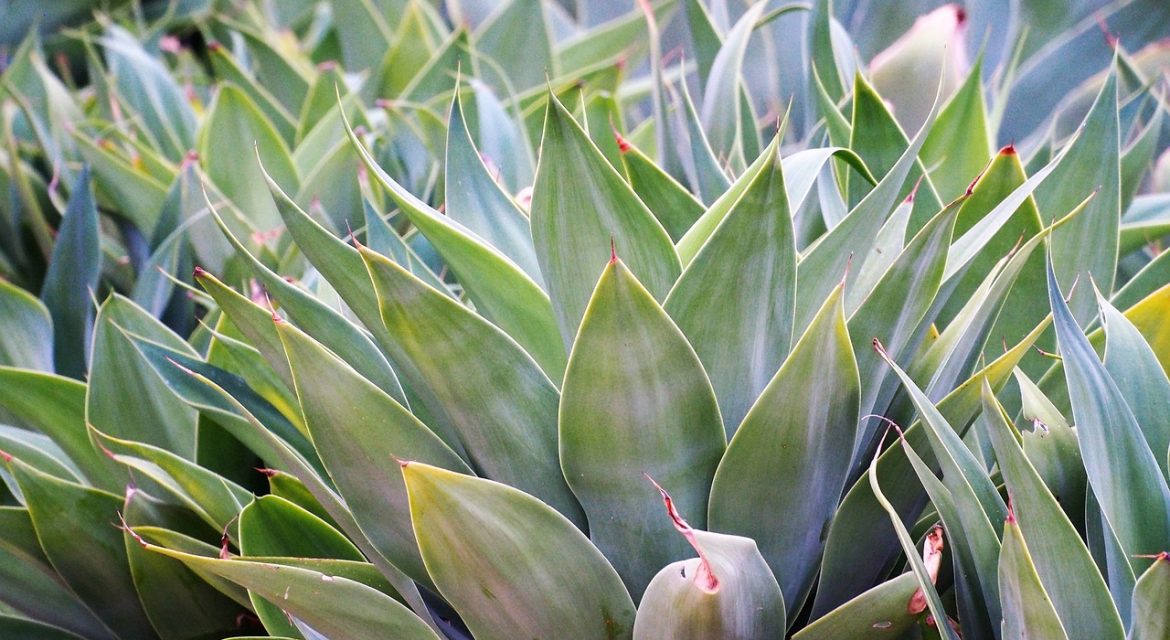Agave plants are members of the Agavaceae family and are native to the Americas, specifically Mexico and the southern United States.
They are often referred to as century plants because they can live up to 100 years in the wild. The agave is an evergreen perennial with a rosette of thick fleshy leaves that range from deep green to a blue-gray hue. The leaves have sharp, pointed tips and can reach up to 6 feet in length. Agave plants produce flower spikes that can tower 8 – 10 feet tall. The flowers are pollinated by bats, birds, and insects, and once pollinated they will die off after blooming. The agave plant is known for its hardiness and ability to grow in a variety of environments. It can tolerate drought, heat, cold, and poor soils, making it an ideal choice for both the home gardener and landscaper. Agave plants are popularly used as ornamental plants in gardens due to their striking foliage and showy flower spikes. They also have many practical uses, such as producing fibers for rope and paper, tequila from its sap, and syrup from its nectar. With its reliable hardiness and versatile uses, the agave plant is a valuable addition to any garden.





